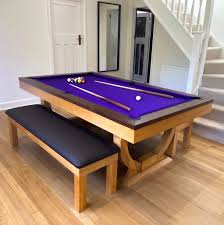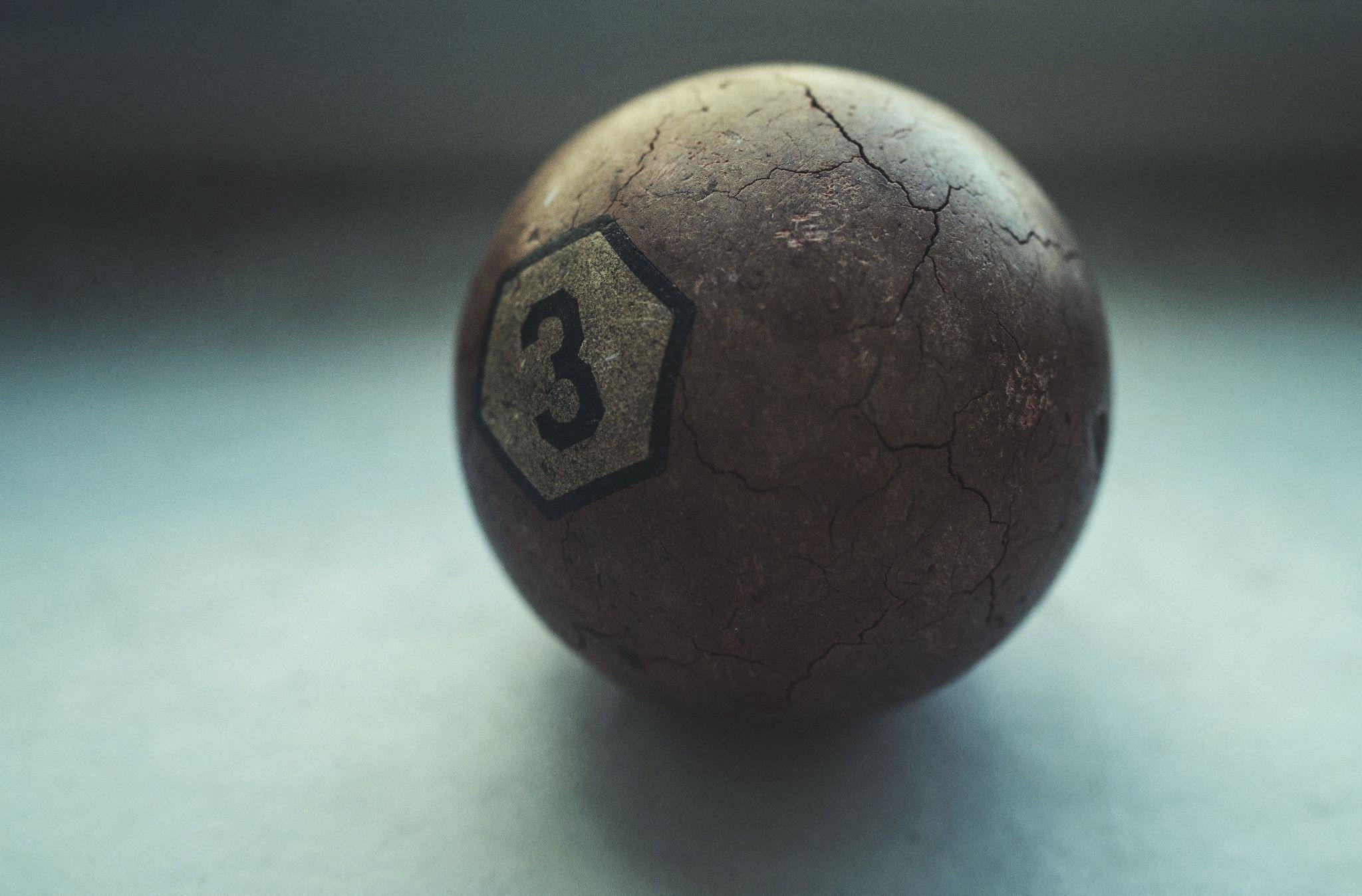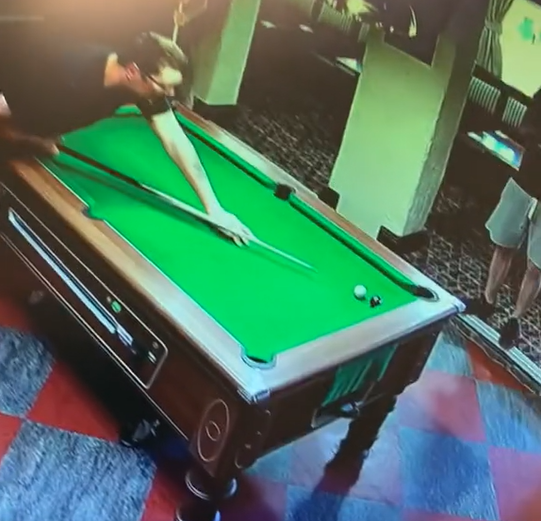
Despite not knowing the origin of the pool table's invention, it is undisputed that the game has been around for many years. The earliest written records about the game date back at least to the 1500s in Northern Europe. It was loved by all ages. It has remained immensely popular in the United States throughout many years.
Pool was originally played on grass or a board that had a hole in its middle. It was played with objects balls, which were numbered 1-15. The game was similar, except that you pushed the ball and not struck it. In the 1600s, the "mace", a wooden stick that was used to strike the ball was invented.
The game was made more fun by the addition of a cuestick and a wooden hoop as well as the use of the balls. It became very popular in Europe, and the game spread to the United States. However, it was not until the Industrial Revolution that the game became popular worldwide.

The history of the game is somewhat hazy but many people have contributed to its development. First, King Louis XI of France is credited with the invention of the indoor billiard table. The game became very popular in England during the Industrial Revolution. The French nobility also enjoyed the game.
The game became very popular in the United States once it was introduced. Many of the first settlers brought billiards to the United States. Tournaments were held across the country. The game was popularized in more luxurious saloons and because the equipment was expensive, it was not affordable to lower classes.
The history of the game was made more complicated when ivory became a ball material. Original ivory was made from elephant tusks. Ivory gained popularity in the 17th century. However, it was not indestructible and could crack when subjected to excessive force.
In the 1920s, Ivory pool balls were replaced with a new ball material. This new ball material was made with a mixture between nitrocellulose & camphor. It can explode when it is struck with extreme power.

This new ball material is called a composite. While the nitrocellulose didn't have great stability, it was a cheaper alternative to ivory. The stick and hoop were finally abandoned after a while. The cue tip also became a leather tip to improve ball hitting.
The game continued to develop, and in the late 1800s, it began to take off in the United States. In the late 1870s, John Wesley Hyatt, a billiards player, invented a ball made of camphor and nitrocellulose. This ball material was not stable and could explode when hit with extreme force.
Michael Phelan was another important figure in the development of the game. He is a well-known pool player. Phelan's father immigrated from Ireland to America in 1883. Michael followed him into pool hall. Eventually, he wrote a book on pool, which inspired a new generation of players to move away from ivory balls.